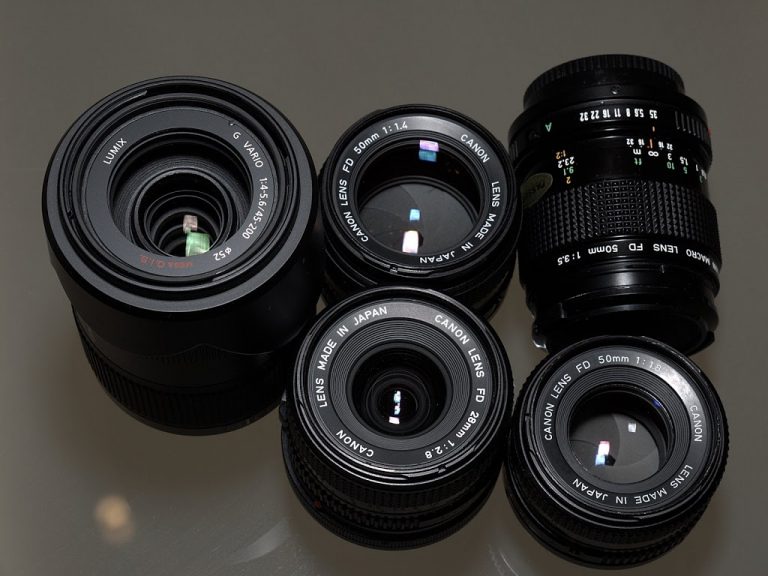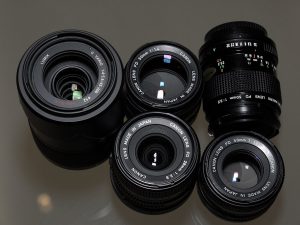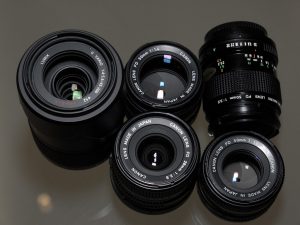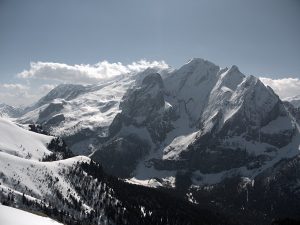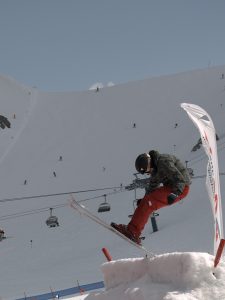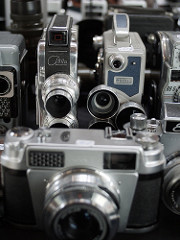Since a few days I'm officially a contributor to digikam! I even got my old KDE SVN account reactivated and updated and so I can directly contribute code to the project. It started with a bug in the lens correction plug-in I fixed that turned into developing a method to access sub-pixel image data. Currently I'm working on an additional tool for digikam's batch queue manager. This nice feature is particularly helpful for people who need to apply a series of operations to a large number of images at a time.
I'm developing a batch tool to sharpen images, for example after resizing them for print. I found that these two operations, resizing and then sharpening, are a somewhat common constant in my work flow. Usually, I shoot RAW images, import them into digikam directly, then apply white balance, tone curve corrections and sometimes input sharpening. There is little to be automatized there because each image needs different treatment. After this first step I save the post processed images as TIFF. Then, depending on what I do with them, I resize them differently, e.g. 1024x768 for Flickr, 1600x1200 for small prints, etc, and convert to JPEG. Downsampling tends to soften the images, so the final processing step is always a slight sharpen filter.
To demonstrate the effect, take a look at the following two images. The first one was just resized to 1600x1200 pixels, the second one was treated with an Unsharp Mask filter after resizing. It looks more crisp. Click on the images to view them in original size for the full effect.

